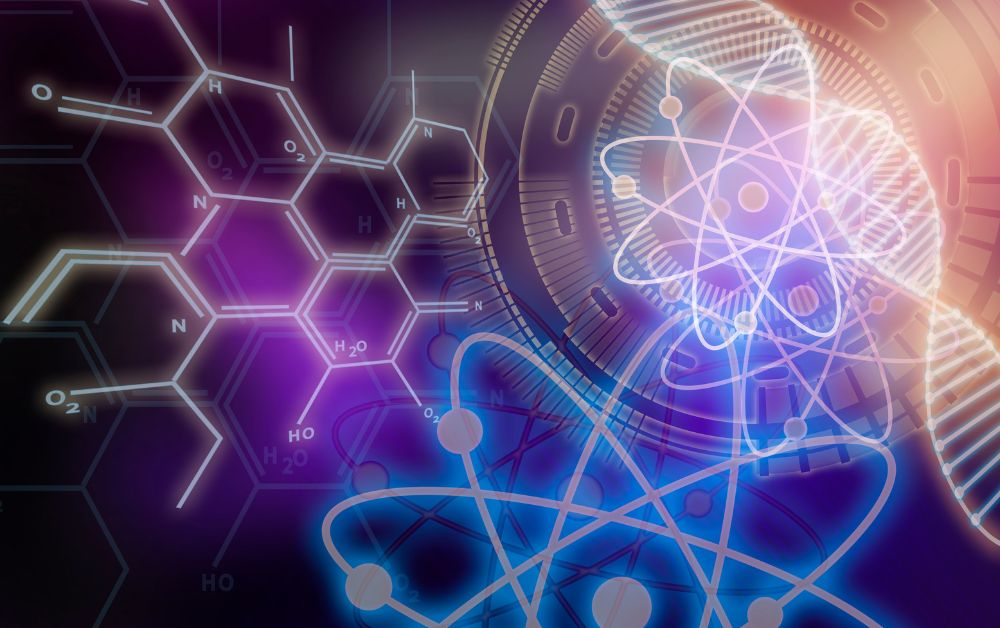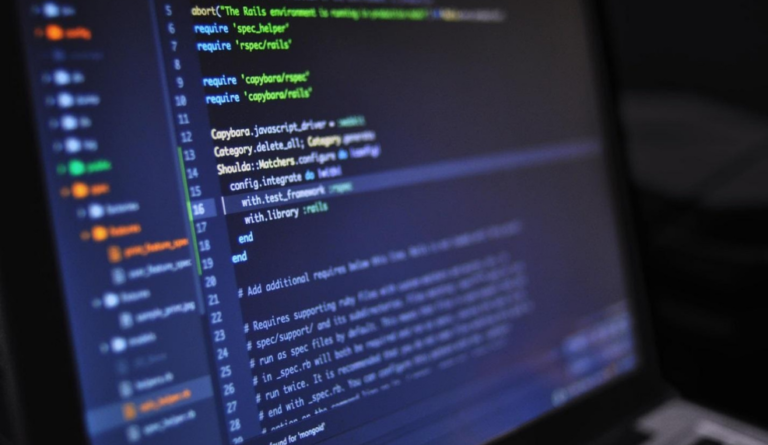Electron Loss During Charge Acquisition: How Many?
Well everyone is being aware of the term electricity. Living in the 21 century there is not a single individual out there who cannot define this word and its importance to the world. To be precise the term electricity doesn’t mean that it’s a moving charge or a moving electric charge. In general, people use the term electricity to describe something that is happening in the electric wires around them.
The term electric current is not just a flow of particularly charged particles but it’s more than that. The definition of the electric current is totally diverse as it describes the total movement of a charge related to the movement of the field disturbance to the charge is probably known as electric current.
That is why electrical impulses in a line, such as phone calls, move at the speed of light, even though electrons travel at a far slower rate. Electric charge carriers aren’t always electrons or always negative. In reality, charge carriers in the natural world are rarely merely electrons.

There Is a bean that is known as an electron beam. This beam is thus created by the subatomic particle protons and neutrons. A charged particle’s electric field radiates outward in the same way as light does from a light bulb.
As we all know that protons are locked in the nucleus of an atom so they are not as free as the electrons are they can easily move. An electric current is generated when there is a charge imbalance and electrons may flow.
Whenever there has been a shortage or excess of the electron present in the item this may result in the birth of static electricity. for example the presence of electricity by the flow of current by battery.
A fundamental feature of matter is electrical charge. It is divided into two categories: good and negative. It has the unique feature of repelling similar charges (two positive or two negatives) while attracting two opposing charges (one positive and one negative).
The electrical circuit is often measured in Coulombs, similar to how speed is typically measured in miles per hour. A coulomb is a unit of electrical charge that is very big. Negatively charged electrons each have their charge.
Well, the electron is known as a subatomic particle present in the atom. There are two other components which are protons and neutrons. Proton has a positive charge while neutron has no charge on it. Electrons are known to be the first generation of lepton particles. Electrons are considered to be elementary particles because they don’t have any particular components or structures.
Electrons are involved in a variety of physical processes, including electricity, magnetism, chemistry, and thermal conductivity. This is because we know that all the electrons carry charge with them which is negative along with that it also has its field which is surrounding it. There is a chance of creating a magnetic field by just moving toward and from the electron to the relative observer.
The subatomic particle which is known as a neutron it is said that it contains no charge. Experiments have discovered that the negative charge of each electron has the same magnitude as the positive charge of each proton.
You have probably heard of the current which is present in a gas that relatively discharges a quick signature which is the result of the ions and the electron present there.
The ionized air molecules along with the electrons both kept moving in the lightning’s presence. However solar wind or sun wind is a mixture of the electric current from the sun itself. This is purely made up of atomic particles such as protons and electrons.
Charge carriers present in the semiconductor materials, such as those utilized in computer chips, are holes and electrons. In the ocean, an electrical current is maintained by the movement of salt ions rather than electrons. The charge carriers in metals, such as home electrical wire, are certainly electrons.
The further types of IONS:
When an atom loses or acquires an electron, ions are formed. Atoms can never lose or acquire protons since this would alter the atom’s basic identity. The balance of protons and electrons determines the total charge.
Not all of the atom’s valence shell has eight electrons in them. There is a probability that for this it is said to be that there are some atoms that contain only a few electrons in their outer shell while on the other hand, there are mostly one-two electrons present in the outermost shell of some atoms.
It is an undeniable fact that if an atom contains only fewer valence electrons such as 3-4 that it is a chance that the atom should lose its valence electron until it is only left with the electrons of its lower well that are 8.
There are some atoms present that contain a set of 8 electrons in their valence shell further they can also take more electrons. By doing this activity it is a chance that these atoms gain a negative charge because of the excess of electrons in them.
They now have more electrons than their protons. Anions are known as ions that have a negative charge. When nonmetals combine to form ionic compounds, they become anions.
Salts are ionic solids that are kept together by ionic bonds. Insolvents like water, these ions dissociate. Table salt dissolves in water because of this. Because of the free-moving cations and anions, this novel solution is an excellent conductor of electricity.
Metals are prone to ionization because they generally form metallic connections. Silver ionizes with a positive charge every time. Because their metallic bonds are somewhat weaker than their ionic connections, they can occasionally shed electrons with little difficulty.
Conclusion:
To conclude this argument we would say that when an atom loses an electron or the atom became positive overall then there is a chance of the formation of a cation. Also, this is caused by the low negativity of electrons in the atom.
Related Articles
8 Wonders Of AI: Transforming the World’s Future
Top BIM Technology Trends to Look Out For
Hello there!
I’m Daniel, a dedicated blogger passionate about uncovering unique ideas and the latest trends in the industry. I have a deep interest in sharing these details with all of you.
Through this blog, I aim to provide you with valuable insights and perspectives. Instead of focusing solely on travel and outdoor activities, I delve into diverse topics that captivate your attention. From intriguing news updates to practical money-saving tips, I explore various subjects.
Additionally, I offer detailed reviews of the gear I’ve acquired on my journeys, and I guide you through the step-by-step process of planning an unforgettable trip.
Are you ready to embark on an extraordinary journey? By immersing yourself in this blog, reading it regularly, finding inspiration, and sharing my stories with your friends, you’ll enhance your next adventure, making it truly memorable, enjoyable, and unforgettable.
I appreciate your support!






